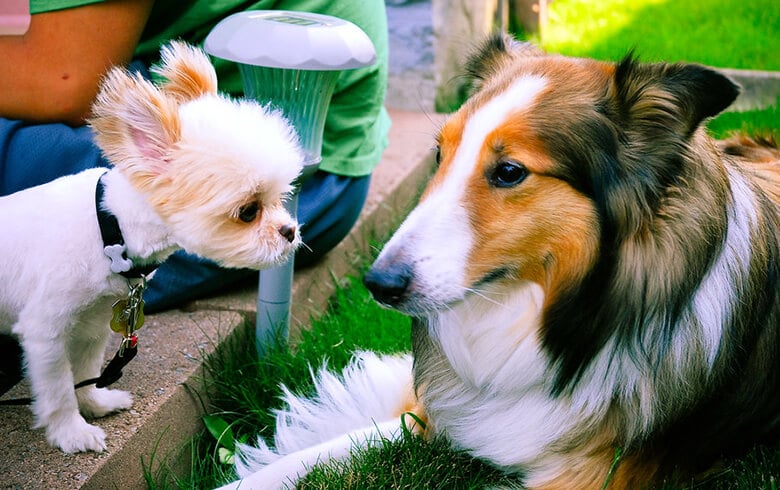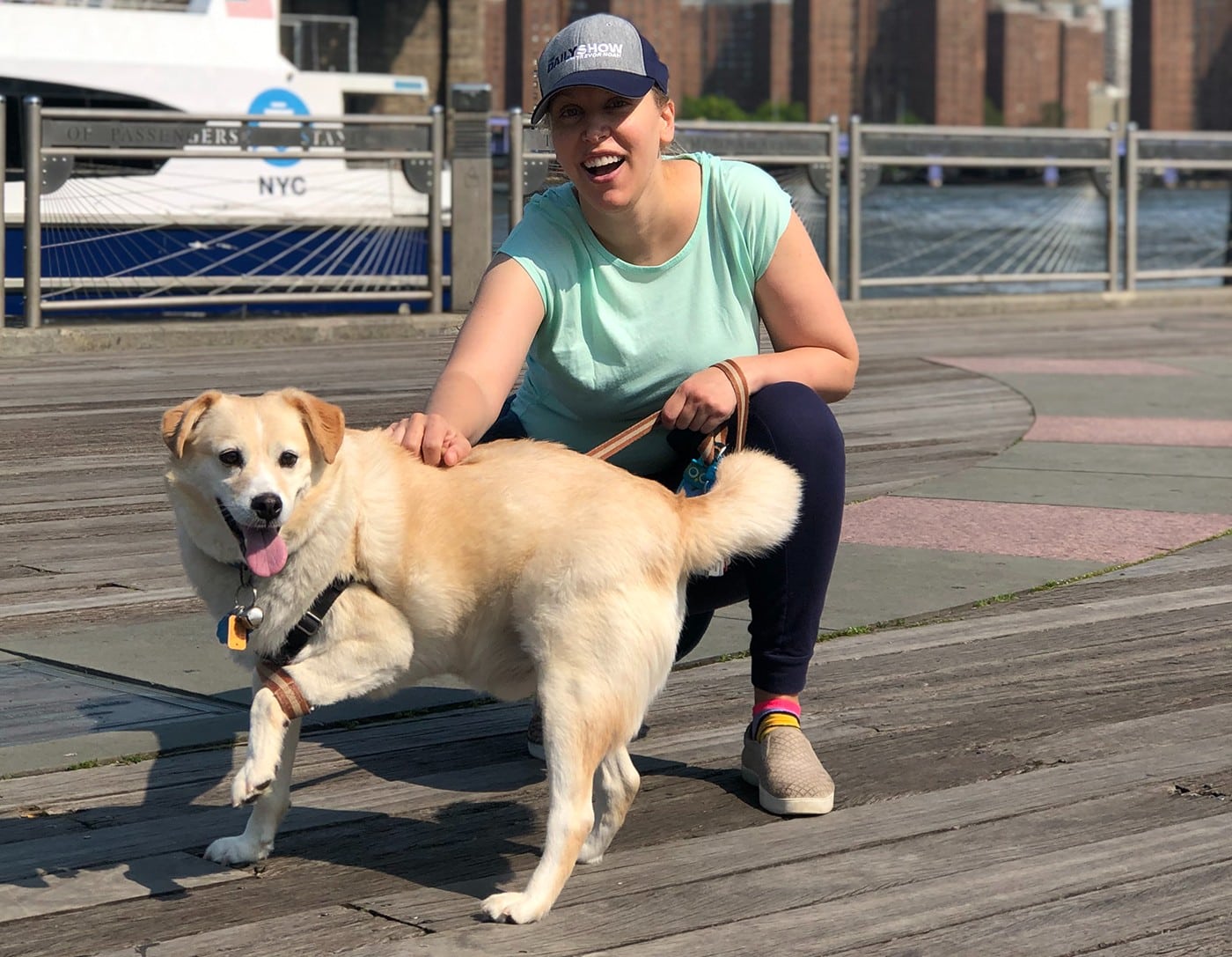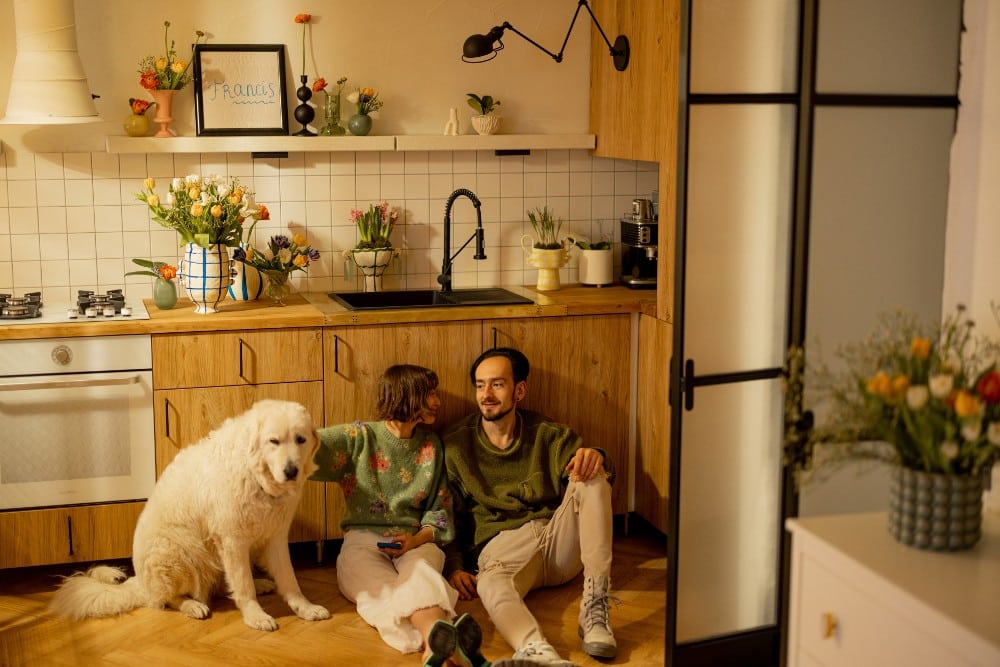One of the best things about having a dog is taking your best friend to the local dog park. While our dogs can sniff and wrestle and sometimes swim, dog parents have an opportunity to mingle at a private party with like-minded dog lovers. Can’t beat that! In some communities, the dog park is such a paramount social space, it acts like a modern-day village green.
Every day, dog parents and their pooches have a standing social engagement. Friendships and romances are forged. Neighborhood news is shared. Information about veterinarians, groomers and the best food for a dog’s age, size, and breed is passed on. A good dog park can make or break a community with a large canine population.
Related: The Cities That Have the Most Dog Parks
But all it takes is a single bad apple to ruin everything. One dog owner who can’t be bothered to get off his phone to keep an eye on his puppy. Or a dog owner who thinks it’s cute when their larger dog sets his sites on a smaller dog to establish his alpha place in the pack. Or a dog owner who refuses to pick up after his dog, no matter how many times she’s offered a poop bag. Little by little, the dog-park community dissolves as dogs and their owners decide they’ve had enough.
The fact is, dog parks have rules, some written and some unwritten; it’s up to the dog parents to follow them — and to train their dogs to be model dog park citizens.
The Simple Yet Often Ignored Rules of the Dog Park
- No people- or dog-aggressive dogs. Never bring an aggressive dog to a dog park. If your dog is overly hyper and has ever attacked a person or another dog, don’t use the dog park to try to socialize the dog.
- Dogs must be up to date on vaccinations. This includes rabies, distemper, kennel cough, and others your veterinarian recommends.
- Don’t bring a sick dog to a dog park. It should be obvious. A dog that’s sick, whether it’s a cold or an eye infection, can make other dogs sick. If your dog is sick, see a veterinarian and keep your dog away from other dogs.
- Dogs should be current on parasite control. Never bring a dog with fleas or ticks to a dog park. Depending on where the dog park is located and any reported outbreaks, parasite prevention medication may also include Leptospirosis, Giardia, Heartworm, or canine influenza.
- Puppies should have all their vaccinations. This includes the four rounds of vaccinations starting from 6-8 weeks, with additional vaccinations usually given once a month. This helps protect the puppy from picking up any illnesses, parasites or viruses.
- No female dogs in heat allowed. A dog in heat can result in aggression from male dogs in the dog park (an unwanted pregnancies).
- Don’t bring food or treats into a dog park. Unless you want to feed or treat every dog in the park, don’t bring food to a dog park. This can be hard if you are trying to train your dog, but if possible, keep the treats (and toys) at home.
- No small children. It’s a dog park, not a playground. Many dogs are afraid or reactive to children. Children move erratically. They scream. They can be rough with dogs. Small children can also be hurt by an overly energetic dog.
- Get off your phone! Also known as, pay attention! A group of dogs can be unpredictable. If a dog gets aggressive with your dog, or vice-versa, you need to be able to step in immediately. You should be keeping your eyes on your dog.
- Pick up after your dog. Always pick up your dog’s poop and dispose of it appropriately. If you don’t have a bag, borrow one. There’s no excuse for not picking up after your dog (including the I-was-on-my-phone excuse).
- Keep your dog on a leash until inside the dog park. Always have a leash on hand so you can leave the dog park quickly if needed.
- Take off your dog’s leash when inside the park. In a group of dogs, dogs on leash are in a vulnerable position, and a stressed dog can become aggressive. Off-leash dogs are able to use body language to warn off another dog.
- Put a collar with some form of ID on your dog. An ID tag or ID collar can keep your dog safe if he decides to jump the fence or burrow under.
- Keep an eye on unaltered dogs. A dog that’s not neutered can attract aggression from neutered males and increase the risk of unintentional pregnancies.
- No humping! Do not allow your dog to mount another dog. It can result in aggression, both from the dog and the dog’s human. Redirect your dog’s attention.
- Don’t fight with other dog parents. Dog parents tend to get annoyed when these rules are broken. Try to be polite, or take the argument outside the dog park. Not only does a fight between owners ruin the fun for other dog parents, it also upsets the dogs and can spark aggression.
This may seem like a long list of rules, but most of them are just common sense. Respect the park, the other dog parents, and the other dogs, and your local dog park can be a respite for both you and your dog. Have a good time!


















